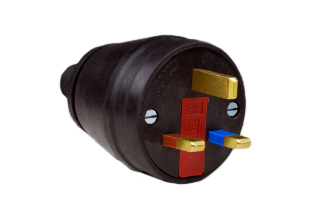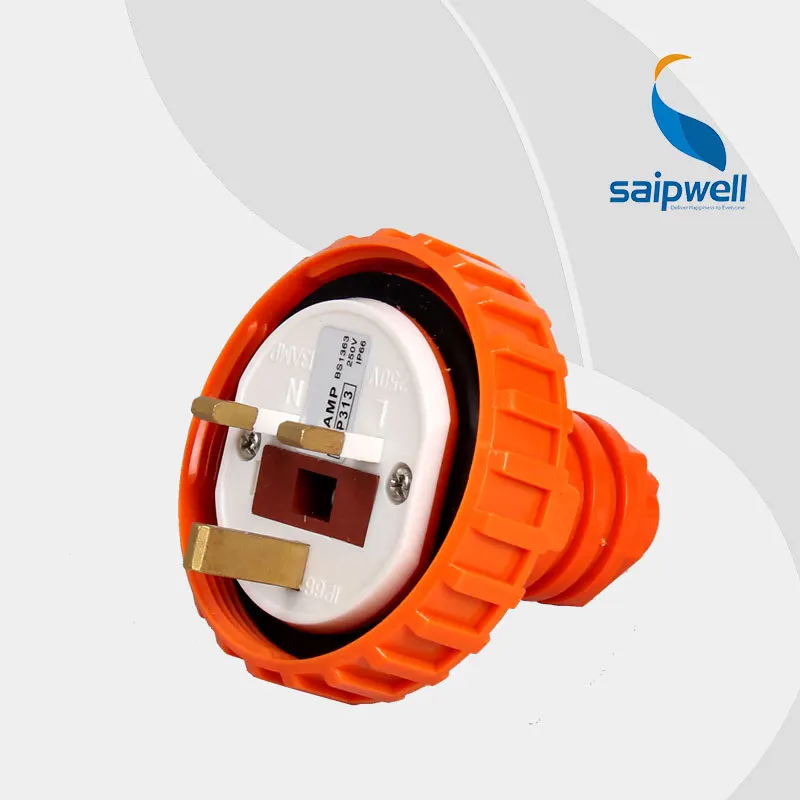You are using an out of date browser. It may not display this or other websites correctly.
You should upgrade or use an alternative browser.
You should upgrade or use an alternative browser.
Wiring from plugs
- Thread starter neate
- Start date
Sponsored Links
Sponsored Links
BS1363 plugs always have their leads coming out the bottom, though wall worts often have then coming out of the top or occasionally sides. They never come out of the back supposedly so that one cannot pull plugs out by their leads.
Elsewhere, the US, Australia, Europe leads often come out of the back. Perhaps they never they to pull their plugs out by the leads!!
Elsewhere, the US, Australia, Europe leads often come out of the back. Perhaps they never they to pull their plugs out by the leads!!
I should have explained in more detail.
Consider a 3-pin plug that reduces the voltage down to say 9v. It's usually a squarish block.
The lead from this 3-pin plug can sometimes come out from the top or the bottom. Just curious to know this should be so.
Consider a 3-pin plug that reduces the voltage down to say 9v. It's usually a squarish block.
The lead from this 3-pin plug can sometimes come out from the top or the bottom. Just curious to know this should be so.
- Joined
- 28 Apr 2004
- Messages
- 7,832
- Reaction score
- 738
- Country

Probably easier to manufacture
- Joined
- 26 Aug 2016
- Messages
- 6,833
- Reaction score
- 1,011
- Country

Probably because of convention at first, then now that speckle sockets are side by side, as are multi way adaptors, it would be silly to go off piste and change it.
We have a phone charger where it comes out the side, it's basically a pain because of that as it takes two slots if it's not on the end.
We have a phone charger where it comes out the side, it's basically a pain because of that as it takes two slots if it's not on the end.
I should have explained in more detail.
Consider a 3-pin plug that reduces the voltage down to say 9v. It's usually a squarish block.
The lead from this 3-pin plug can sometimes come out from the top or the bottom. Just curious to know this should be so.
Read my post 5 especially: They never come out of the back supposedly so that one cannot pull plugs out by their leads.
Well call them wall warts
- Joined
- 26 Aug 2016
- Messages
- 6,833
- Reaction score
- 1,011
- Country

Yes stops people found it as a habit, although treading on the lead does a pretty good job of pulling the plug out.Read my post 5 especially: They never come out of the back supposedly so that one cannot pull plugs out by their leads.
- Joined
- 27 Apr 2008
- Messages
- 9,670
- Reaction score
- 953
- Country

Generally wall sockets were installed low down near the floor (although can be higher now) so the output lead of a wall adaptor/power supply (not a bloody yank wall wart!!!) would exit via the vertical/top direction so it went up to whatever it was supplying.
This is generally the most common exit direction.
You can get some with other exit directions though, generally the only other direction is down, some appliances may have a pathway within it's plastic molding that allows you to route the cable to another direction should the default not be to your liking.
The only ones that your likely to find the cable exiting the back are USB chargers and pulling he cable is going to release it from the charger rather than remove the charger from the socket (allegedly).
This is generally the most common exit direction.
You can get some with other exit directions though, generally the only other direction is down, some appliances may have a pathway within it's plastic molding that allows you to route the cable to another direction should the default not be to your liking.
The only ones that your likely to find the cable exiting the back are USB chargers and pulling he cable is going to release it from the charger rather than remove the charger from the socket (allegedly).
That is NOT a "Plug".I should have explained in more detail.
Consider a 3-pin plug that reduces the voltage down to say 9v. It's usually a squarish block.
The lead from this 3-pin plug can sometimes come out from the top or the bottom. Just curious to know this should be so.
It is a "Switch Mode Power Supply" - mounted on a "base" with pins which will fit into a socket (and, hopefully, leave room to operate the switch and utilise any adjacent socket.)
Not necessarily, it could be simply a transformer with AC output, or it could be a conventional DC power supply with a transformer, rectifier and smoothing capacitor.That is NOT a "Plug".
It is a "Switch Mode Power Supply" - mounted on a "base" with pins which will fit into a socket (and, hopefully, leave room to operate the switch and utilise any adjacent socket.)
- Joined
- 27 Jan 2008
- Messages
- 24,922
- Reaction score
- 2,881
- Location
- Llanfair Caereinion, Nr Welshpool
- Country

Read my post 5 especially: They never come out of the back supposedly so that one cannot pull plugs out by their leads.



DIYnot Local
Staff member
If you need to find a tradesperson to get your job done, please try our local search below, or if you are doing it yourself you can find suppliers local to you.
Select the supplier or trade you require, enter your location to begin your search.
Please select a service and enter a location to continue...
Are you a trade or supplier? You can create your listing free at DIYnot Local
Sponsored Links
Similar threads
- Replies
- 17
- Views
- 26K
- Replies
- 22
- Views
- 5K
